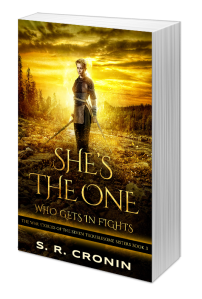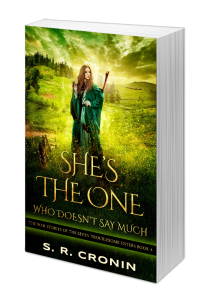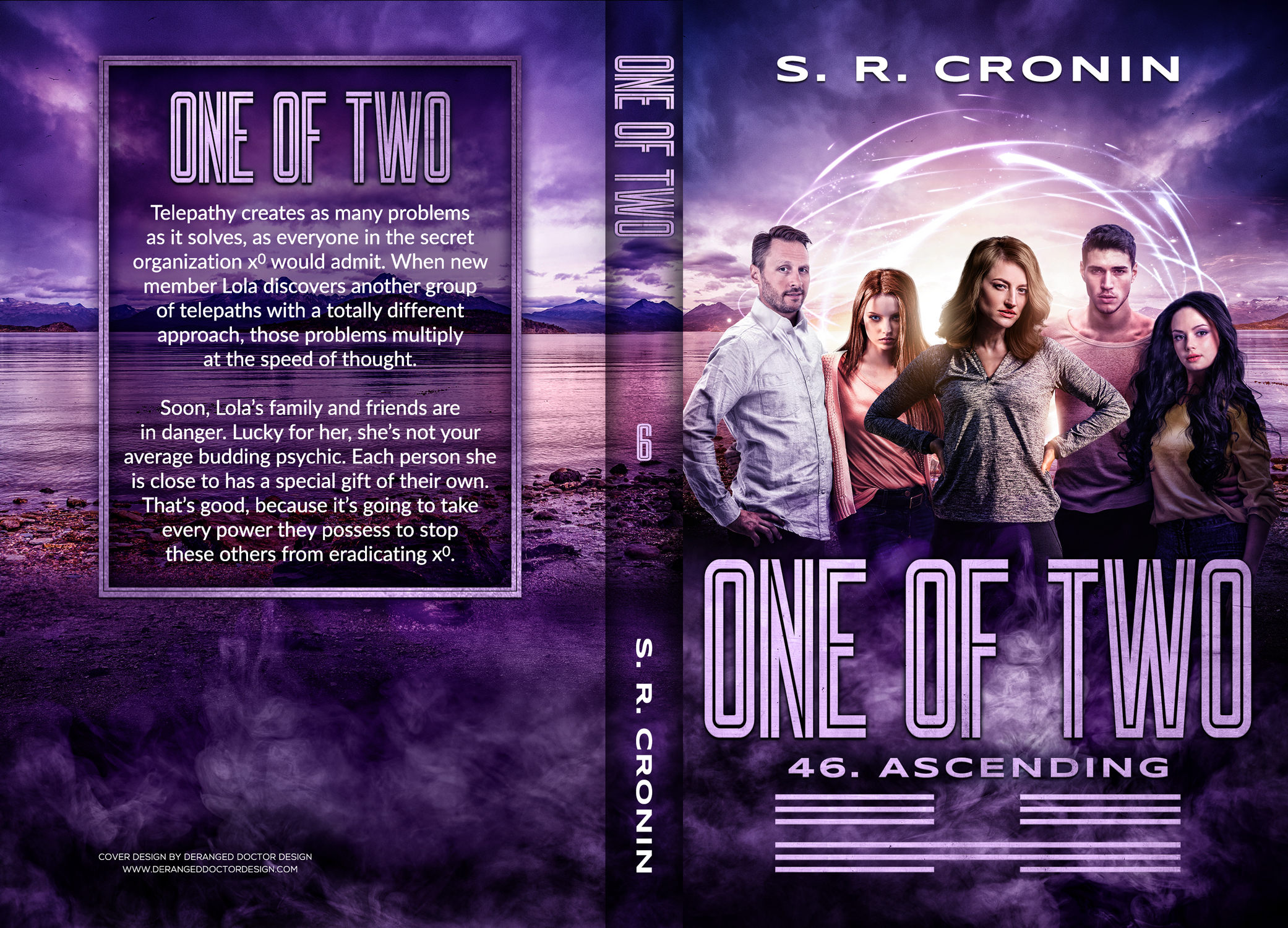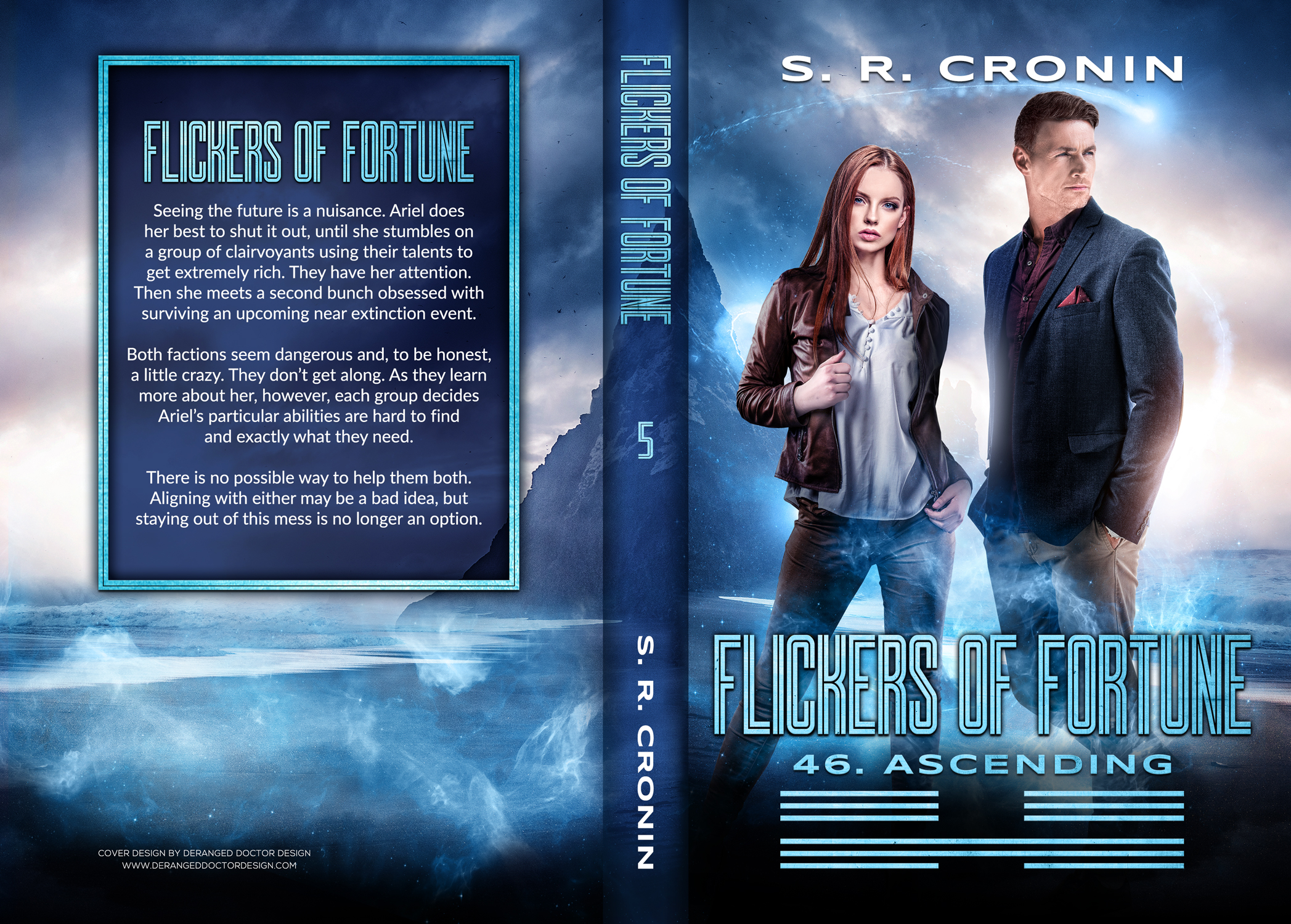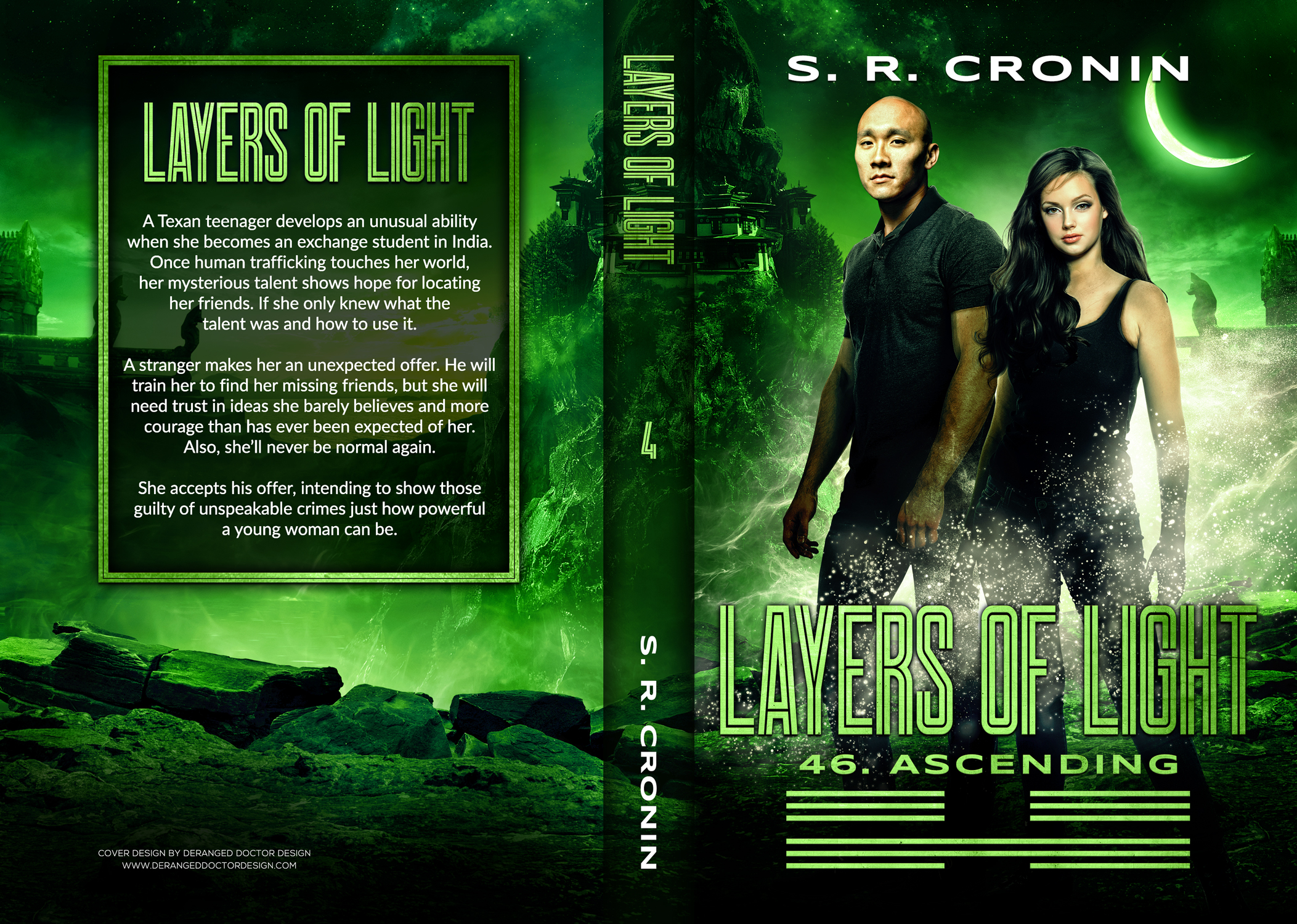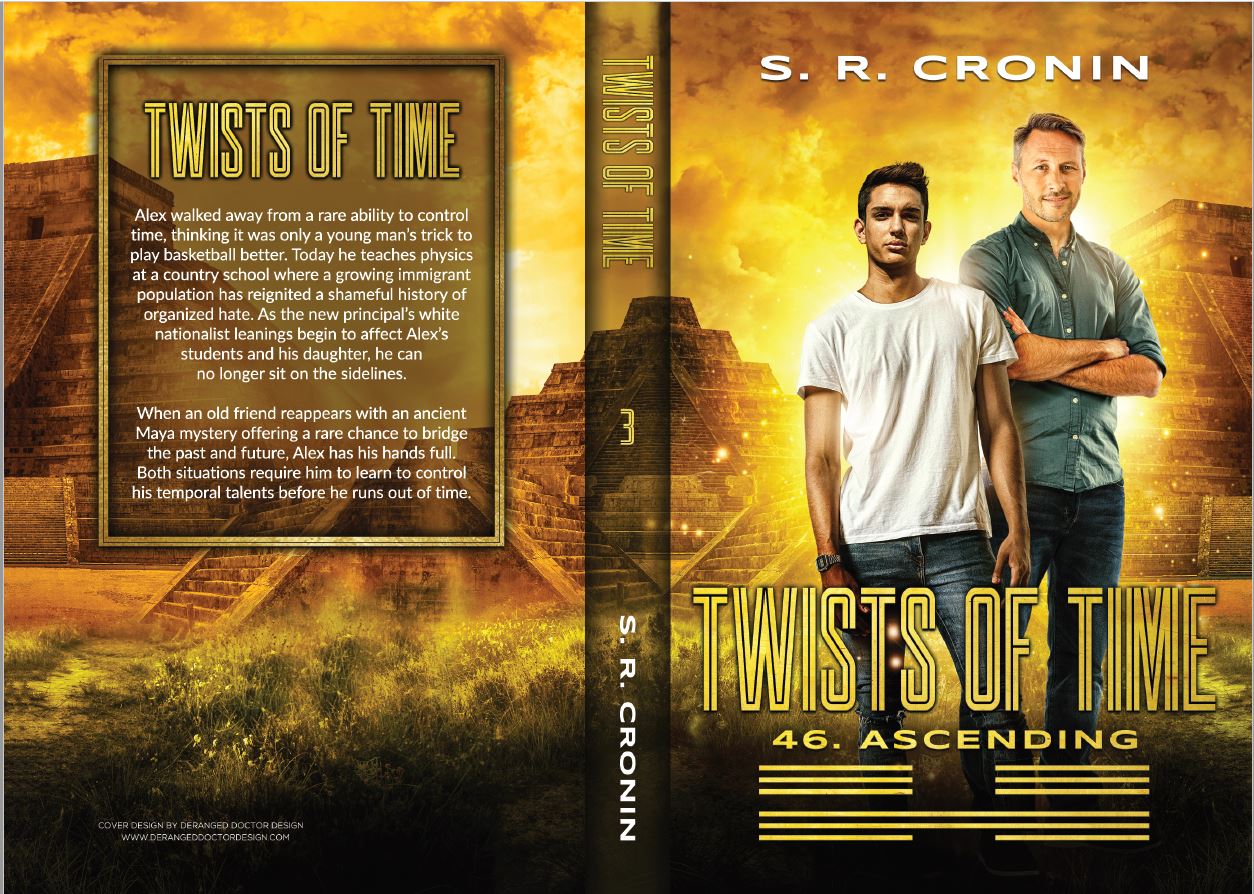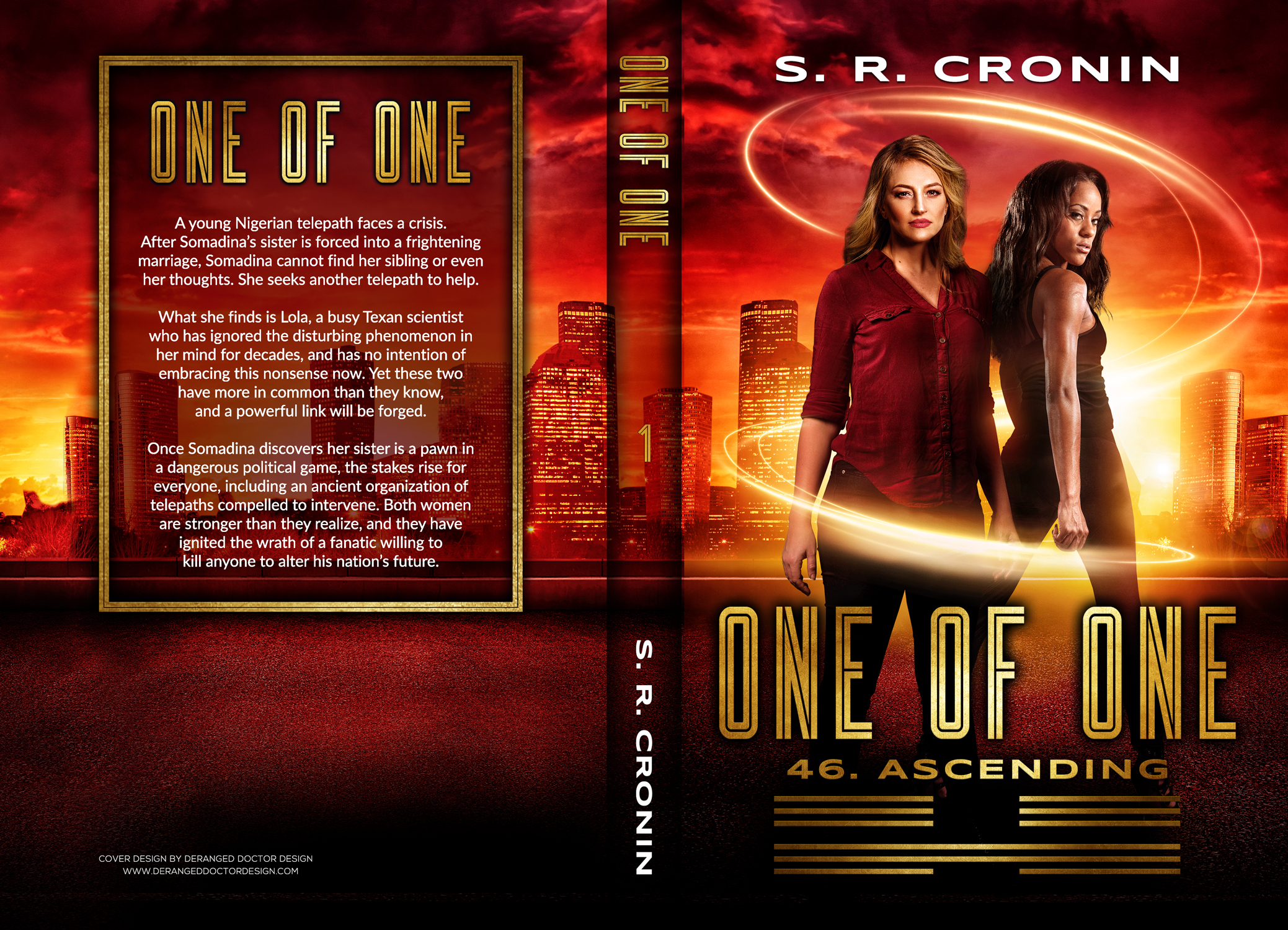Researching Drug Cartels and Illegal Border Crossings
Books need bad people. Bad people do bad things. But if you’re an author, and your bad people are doing things you don’t know much about, you have to do some research.
What poisons kill the quickest? How long does it take to die from a knife wound? How do you build a bomb?
I was researching the bomb thing for my book One of One, along with details about how well a commercial aircraft could withstand a blast, when I thought …. you know …. these internet searches could cause me some problems.
This is the second guest post in a series involving my asking other authors how apprehensive they are when they do the research to write about their bad guys’ behavior. In this case, I asked author Willard Thompson if researching drug cartels and illegal border crossings on the internet for his new book La Paloma caused him apprehension. Here is his fascinating answer:
Thanks, for asking one of the few pertinent questions of this VBT! Let me explain the story, it’s not exactly what you think, and it’s not exactly isn’t.
 La Paloma is not a crime-heavy cartel story with lots of murders and bloody events. It is a story about Teresa Diaz facing the question of who she is, a daughter of Mexico’s proud history or a Latina trying to fit into American Culture? When the story opens, she is an AB540 scholarship student at UCLA, working for a degree in communications and dating a Caucasian boy.
La Paloma is not a crime-heavy cartel story with lots of murders and bloody events. It is a story about Teresa Diaz facing the question of who she is, a daughter of Mexico’s proud history or a Latina trying to fit into American Culture? When the story opens, she is an AB540 scholarship student at UCLA, working for a degree in communications and dating a Caucasian boy.
When her father is deported in an ICE raid, Teri must go into Mexico to bring him home. She doesn’t have documentation, so it is a risk, but her family is falling apart and she feels compelled to go. Her journey into Mexico is like falling down a rabbit hole of mysterious events, but it also becomes a journey of self-realization that included a romance with the son of a cartel boss. In the end, many of her questions about her life are answered, some are left ambiguous and unanswered.
My interest, as it is in all my novels, is how a situation effects the people involved in it. In this case a 20-year-old Latina named Teresa Diaz. She is a young woman who has been brought up in many of the traditions of Mexico, living in a southern California community that is heavily Latino, trying to be an American girl. How can that possibly be good for her self-image?
I love Mexico. I’ve been there more than a dozen times, several on business. I know first-hand the beauty of the states of Michoacan and Guanajuato, and the country’s history. I spent 4 days working with the US Border Patrol as a journalist intercepting Mexican smugglers wading across the Rio Grande River from Juarez to El Paso. These were not dangerous men. They were middle age men trying to make a living to support their families.
I interviewed several of the smugglers we apprehended (that is a story for a different time because it was a cops and robbers comedy it you ever saw one) and one of them told me in Spanish, pointing at his running shoes that his daughters didn’t want to wear cheap shoes like he had on to school. They wanted Nikes and Adidas. That tells you a lot about the Mexican economy.
Some years back I became familiar with the fact that UCLA was giving free scholarships to undocumented aliens under a state law AB540. It led me to start thinking about the situation of a young Latina with no documentation trying to get an education in order to blend in to the American culture.
I didn’t do the trip with the Border Patrol to gather input for the novel, but it gave me all the input I needed when it came time to write it. This is not a gritty cartel crime story. In reality this is a coming of age story in which Teri must wrestle with and decide who she wants to be as an adult. In the next to last chapter she tells a new friend, “I just want to be proud of who I am.” The ending is ambiguous. Hopefully asking readers to think about what Teri will do; and maybe asking themselves what they would do.
More recently, our government has struggled with what to do about the DREAMers. The situation has been compounded by Congressional battle over immigration and building walls (we used to call then fences), and ICE raids that deport undocumented Mexicans, breaking up families. Finally, the situation with drug and crime cartels has come strongly into public awareness. So, all of this is great grist for a novelist.
Thanks for giving me the opportunity to write about my novel. Sure, it’s a suspense/romance with some gritty scenes but no cartel madness. I hope it might have some staying power in our current environment. Anything you can do to help that along I will greatly appreciate.
And I thank the author for such a well-thought-out and interesting response!

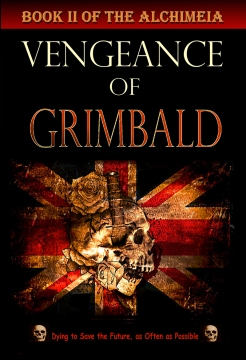 VENGEANCE OF GRIMBALD, the second book in the Alchimeia series is a fantasy sci-fi novel with a unique take on time travel and alternate time continuums. Some writers have used the supernatural to transport characters through time, like Scrooge’s encounters with the ghosts of Christmas past, present, and future, in A CHRISTMAS CAROL. Another method allowing for time travel, especially in science fiction, involves space and time warps–usually a ship passing through a warp in the space time continuum or characters passing through portals from one time to the next. Stephen King employs the portal in 11.22.63. But the most common method to move characters through time requires a mechanism or machine. From H.G. Wells, THE TIME MACHINE to the much-loved DOCTOR WHO, these stories use some kind of machine to transport from one time to the next.
VENGEANCE OF GRIMBALD, the second book in the Alchimeia series is a fantasy sci-fi novel with a unique take on time travel and alternate time continuums. Some writers have used the supernatural to transport characters through time, like Scrooge’s encounters with the ghosts of Christmas past, present, and future, in A CHRISTMAS CAROL. Another method allowing for time travel, especially in science fiction, involves space and time warps–usually a ship passing through a warp in the space time continuum or characters passing through portals from one time to the next. Stephen King employs the portal in 11.22.63. But the most common method to move characters through time requires a mechanism or machine. From H.G. Wells, THE TIME MACHINE to the much-loved DOCTOR WHO, these stories use some kind of machine to transport from one time to the next. She does it while presenting a likable sleuth, an adequately complex cast of suspects, and a satisfying ending.
She does it while presenting a likable sleuth, an adequately complex cast of suspects, and a satisfying ending.
 What I liked best:
What I liked best:

